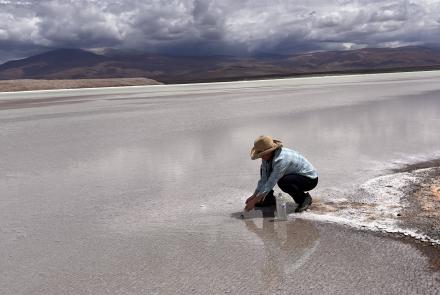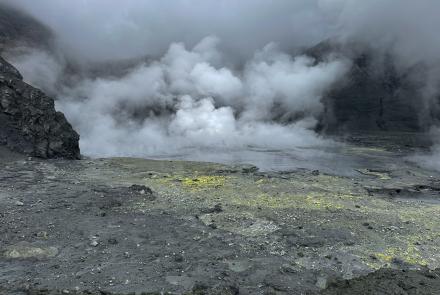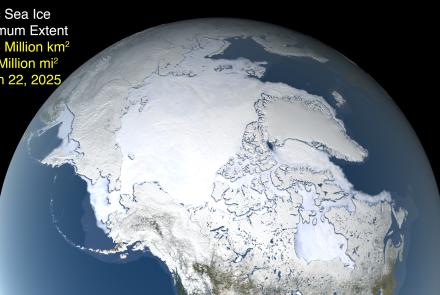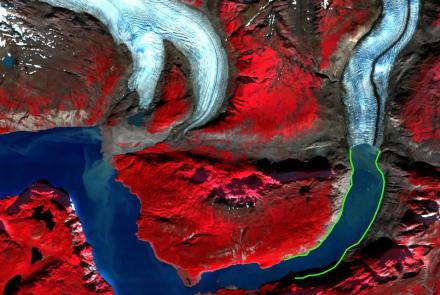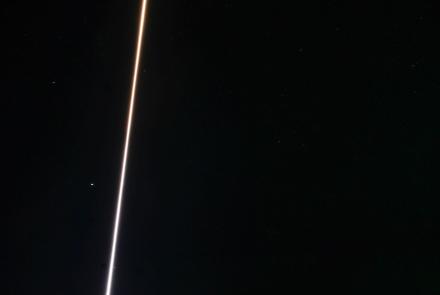

UAF researchers aiding NASA in developing Venus seismometer
Earth has earthquakes, Venus has venusquakes.
Researchers at the University of Alaska Fairbanks Geophysical Institute, working with NASA, are helping create a Venusian seismometer that can operate long enough in that planet’s extremes to provide insight into its seismicity.
It’s a major challenge. Venus has surface temperatures of 900 degrees Fahrenheit, hot enough to melt lead, and atmospheric pressure 90 times that of Earth, equal to the pressure a mile beneath Earth’s oceans.
Learning about the seismicity of Venus is one part of NASA’s Seismic and Atmospheric Exploration of Venus, or SAEVe, project. The mission concept envisions two landers with seismometers placed about 200 to 500 miles apart. Instruments are under development in NASA’s High Operating Temperature Technology program, which seeks to design devices that can operate in Venus’ brutal surface conditions.
“Venus is the planet in our solar system that is most similar to Earth,” UAF Geophysical Institute postdoctoral researcher Yuan Tian said. “Its structures have a lot of similarity with Earth's structures, but some structures can only be found on Venus.”
“To better understand Earth’s quakes, we have to study other planets,” he said.
Venus’ surface has folds and faults, but the planet does not have Earth-like plate tectonics. Scientists have offered a variety of theories about the processes shaping the planet’s surface.
Tian and colleagues at the Geophysical Institute and NASA’s Glenn Research Center in Ohio conducted a series of studies on combined hardware and software approaches to maximize data-gathering from a Venus seismometer.
Their work was published late last year in the journal Seismological Research Letters. Tian is the lead author. Research professors Robert Herrick and Michael West, both of the UAF Geophysical Institute, and Tibor Kremic of Glenn Research Center are co-authors.
Research and development of electronics capable of surviving on Venus has advanced to the point where a battery-operated Venusian seismometer is feasible. Design of a prototype is underway through NASA’s HOTTech program.
The longest that a surface lander with conventional electronics has lasted on the Venusian surface is about two hours, the research paper reads. Accomplishing the most basic goal of determining seismicity levels requires the ability to operate over a period of at least days, with more complex goals requiring lengthier operation.
A seismometer for Venus has to be made of materials that can survive the heat and pressure and have a battery that can survive and retain power long enough to collect and transmit data. Solar-powered seismometers are not an option due to the high surface temperature and the limited amount of solar energy available relative to the power needed to transmit data.
The seismometer will also have minimal on-board data storage to save energy consumption, meaning it will need to have a trigger that causes it to transmit data to an orbiter as soon as a seismic event occurs.
The seismometer will need to be programmed to avoid being triggered by seismic signals caused by wind. It will also need to differentiate between insignificant but nearby quakes and major yet distant quakes for which scientists will want data.
It’s a tall order for a lonely lander.
To accomplish that, Yuan and his colleagues created an operating algorithm that requires minimal onboard memory. It includes a ratio-based transmission trigger.
When the shaking from a seismic event reaches the ratio-based threshold, the seismometer will be activated for a certain amount of transmission time. This method reduces the instances of transmitting data of little use to scientists and prolongs battery life.
The researchers built their transmission algorithm using a nine-day record of a single seismic station in central Alaska to simulate likely seismicity on Venus.
“We define success as triggering on as many real events in the catalog as possible without triggering on noise,” the research paper reads.
• Yuan Tian, University of Alaska Fairbanks Geophysical Institute, ytian4@alaska.edu
• Rod Boyce University of Alaska Fairbanks Geophysical Institute, 907-474-7185, rcboyce@alaska.edu



